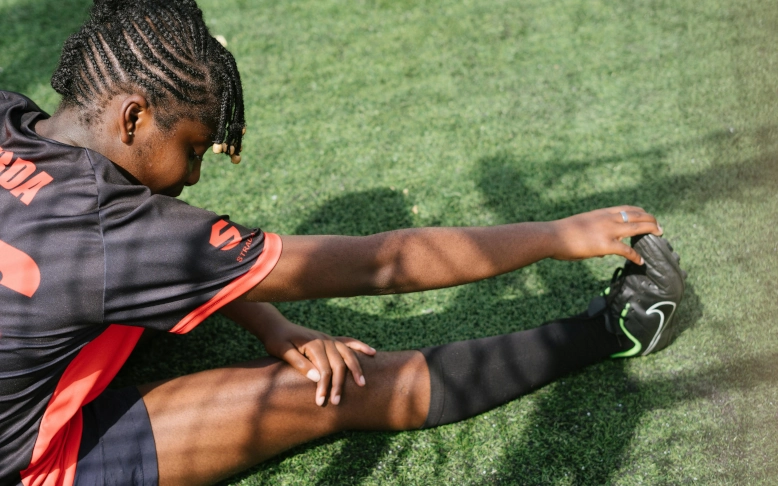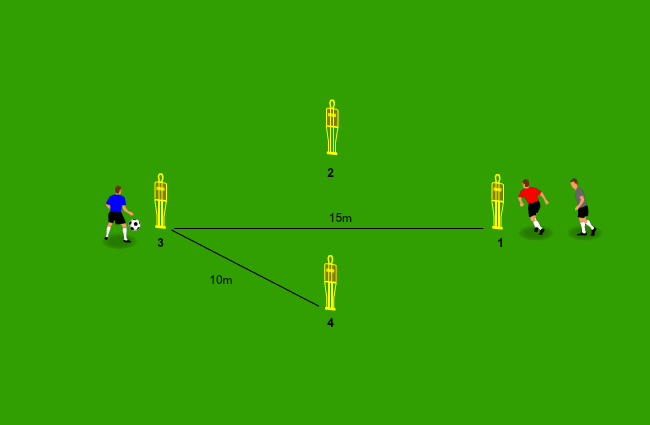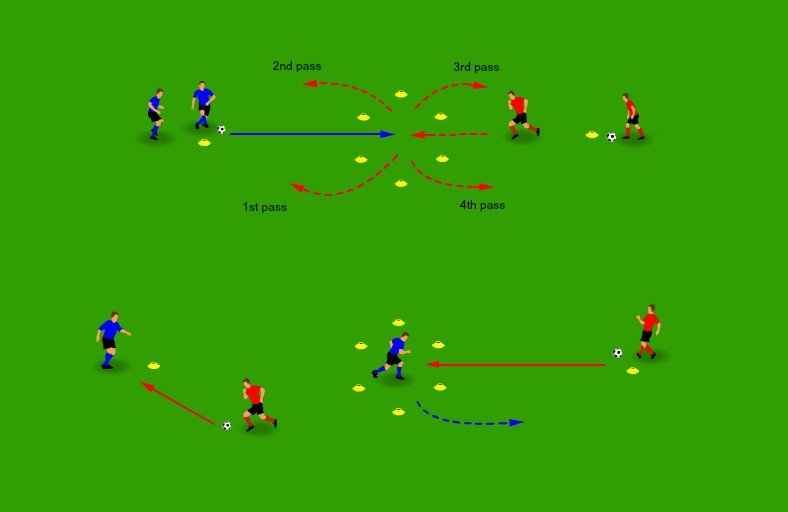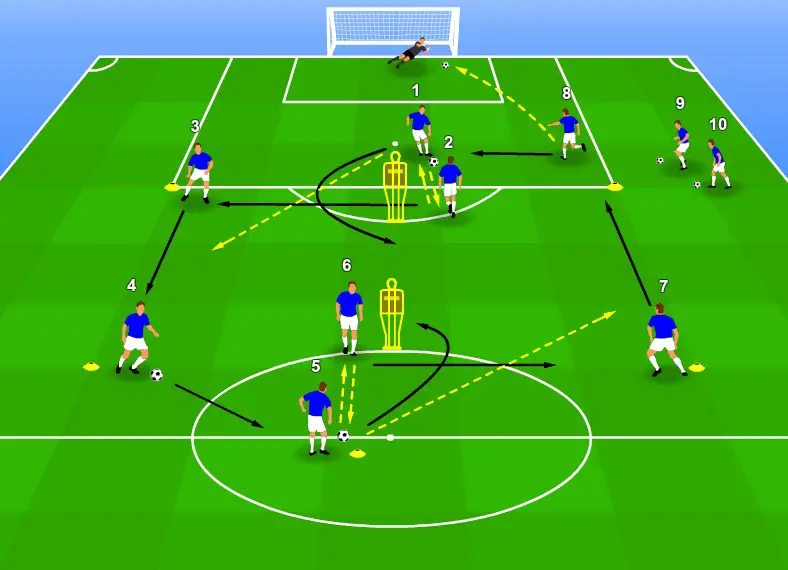Football Warm-Up Drills: Simple Exercises to Avoid Injuries

Skipping a warm-up might feel tempting on a cold evening, but the physio bills are not. The routine below adapts the FIFA 11+ Level 1 running sections and takes only 15 minutes. Use it before every training session or match to reduce soft-tissue injuries and switch on the nervous system.
Equipment
- Six pairs of cones placed 5–6 m apart in two parallel lines.
- Split the squad into pairs; each duo works down the lane and jogs back.
Part 1 – Running & mobility (8 minutes)
- Jog straight ahead – Two passes through the cones focusing on upright posture and relaxed arms.
- Hip-out – Jog to the first cone, lift the knee to waist height, rotate outward, plant, and continue. Alternate legs at each cone.
- Hip-in – Reverse the previous move by starting with the knee abducted and rotating inward.
- Circling partner – Side-shuffle toward your partner at each cone, circle them once, shuffle back, then jog to the next cone. Stay low with weight on the balls of your feet.
- Shoulder contact – Shuffle toward your partner, jump softly, bump shoulders in the air, land balanced, and repeat. Keep knees aligned with toes upon landing.
- Quick forward & back – Sprint two cones forward, then backpedal one cone. Keep hips square and heels off the ground while retreating.
Part 3 – Higher intensity running (6–7 minutes)
- Sub-max sprint – Run the lane at ~80% effort, arms driving, chest up. Jog back slowly.
- Bounding – After a short run-up, leap off one leg at a 45° angle, driving the opposite knee high. Land softly, repeat to the end, jog back.
- Plant & cut – Sprint diagonally to a cone, plant the outside foot, and explode toward the next cone. Start slowly, then increase speed on the second rep.
Optional add-ons
- Once the squad buys into the routine, insert the strength section (Nordics, planks, single-leg squats) from FIFA 11+ Part 2 once or twice per week.
- Finish with a ball-based rondo or passing pattern to connect the warm-up with your session topic.
Why it matters
- Temperature & blood flow: Raising core temperature prepares muscles and tendons for intense work.
- Neuromuscular control: Landing mechanics, cuts, and shoulder bumps build stability and proprioception.
- Consistency: Performing the same routine teaches players to take ownership—captains can lead it without a coach present.
Tell us how you adapt the warm-up for different age groups or weather conditions—drop a note on Facebook or tag @footballtechnik so other teams can learn from your tweaks.



